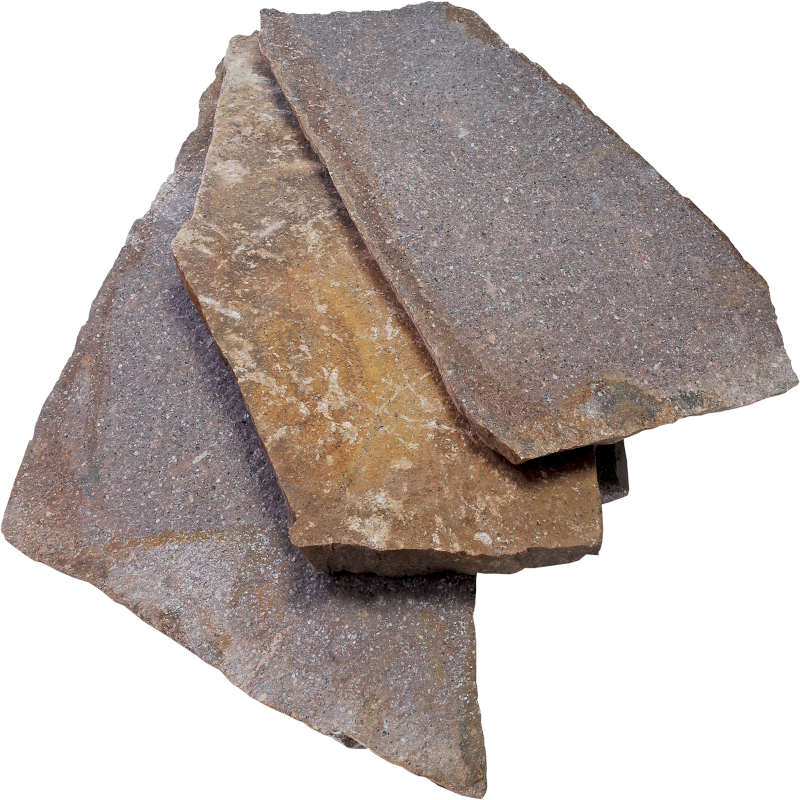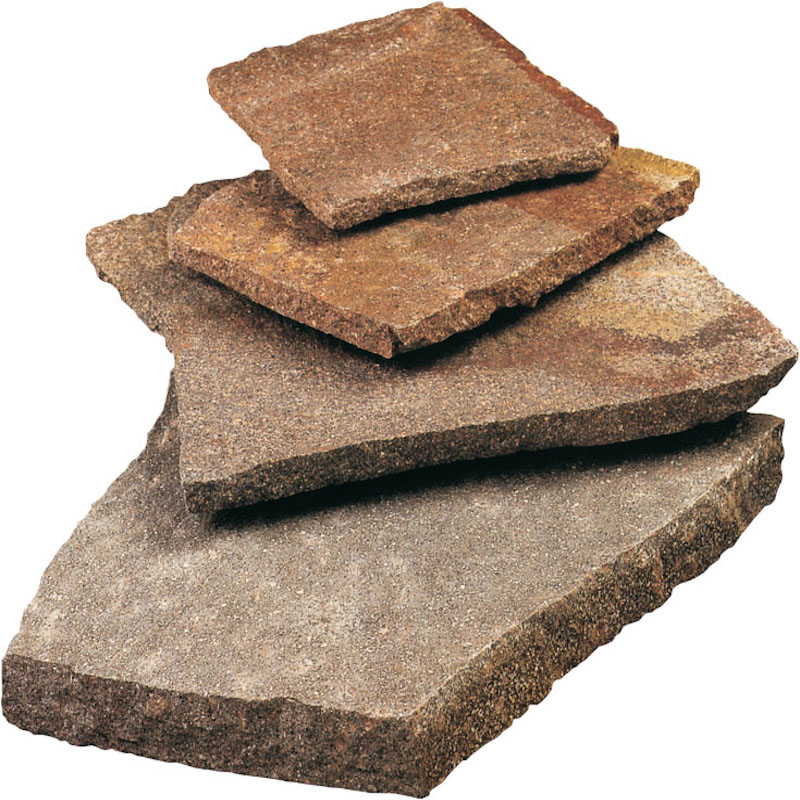PORPHYRY
The name porphyry generically indicates any acidic magmatic rock with porphyritic texture with abundant phenocrysts (over 25% by volume) and background mass from very fine-grained fanheritic to microcrystalline or cryptocrystalline aphaanite. Rocks with these structures can be phylonic or hypoabyssal or volcanic eruptive, but in the latter case the term is limited to ancient volcanites, which have undergone a very slow process of devetrification (the so-called paleovulcanites). The color varies from red to brown to purple to gray.
This type of stone is often used for outdoor applications since it is very resistant to both the cold and very high temperatures. We can therefore find it in particular in various types of flooring (from bolognini or sanpietrini to modestly sized slabs) as well as used for cladding, ventilated walls and plaques in the purple porphyry version of the Val Camonica.
This rock is used for external or road paving because it has a natural roughness, as it has a poly-mineralogical surface and is composed of minerals with different wear parameters.
Due to their technical and chromatic properties, some porphyries are widely used in the construction of architectural elements (for example kitchen tops, window sills, stairs, pillars) and in garden furniture.
The porphyry is also crushed and screened to produce granulates, gravels, stabilized or porphyry pebbles. Historically this process has allowed us to use all the waste from other processes and therefore reduce the impact on the environment.



